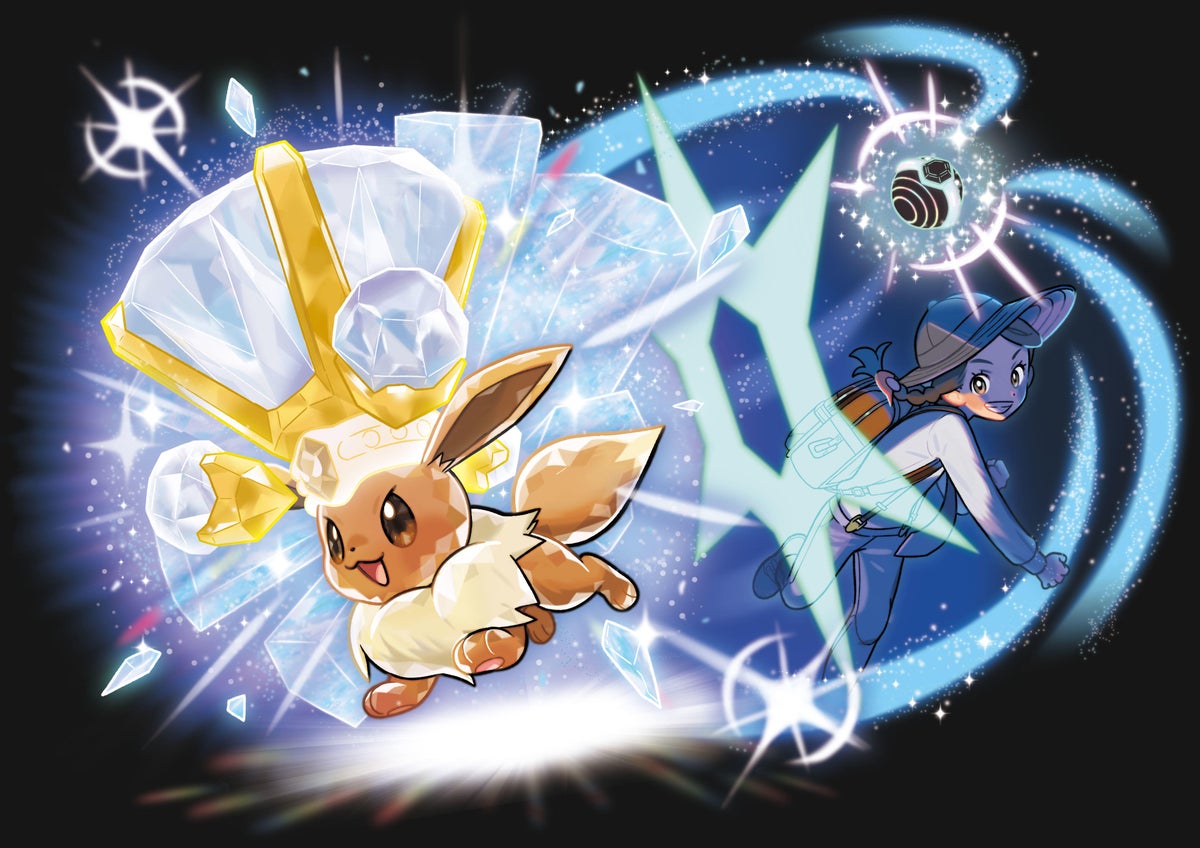Pokemon Scarlet and Violet Reveals New Battle Mechanic

Pokemon Scarlet and Violet has revealed its brand new battle mechanic. The new Pokemon games, due out later this year, will feature the Terastal Phenomenon, a new mechanic that causes Pokemon to literally crystallize and gain a large crown-like jewel to appear on top of their head. Terastallization not only blings out a Pokemon, it also causes attacks of a certain type to receive a boost. Which type of attack receives that boost is determined by a Pokemon's "Tera Type." While most Pokemon have a Tera Type that matches their normal typing (i.e., most Pikachu will have an Electric Tera Type), some Pokemon will have deviating Tera Types that offer more strategies in battle.
Players can Terastallize any Pokemon using a Tera Orb, which they assumably receive over the course of the game. Terastallization lasts for the course of a battle and players will need to recharge their Tera Orb at a Pokemon Center or by finding crystals in the wild between battles.
Notably, players can also participate in Tera Raids, a new version of the Max Raid feature seen in Pokemon Sword and Shield. Up to four players can participate in a Tera Raid, which often feature Wild Pokemon that have a deviating Tera Type. Players can either use a Link Code to participate in a Tera Raid with friends or they can participate in Tera Raids by themselves or with random other players via online play.
The new Pokemon Scarlet and Violet trailer also officially revealed the name of the new region - Paldea - and revealed three new Pokemon, the Paldean version of Wooper and the new Pokemon Fidough and Cetitan. Fidough appears to be a dog made of sweet bread, while Cetitan is a walking whale. Miraidon and Koraidon's new forms were also showcased, confirming that both Legendary Pokemon can transform into various vehicle types to help players traverse the region.
{replyCount}commentsPokemon Scarlet and Violet will be released on November 18th.
* This article was originally published here
Comments